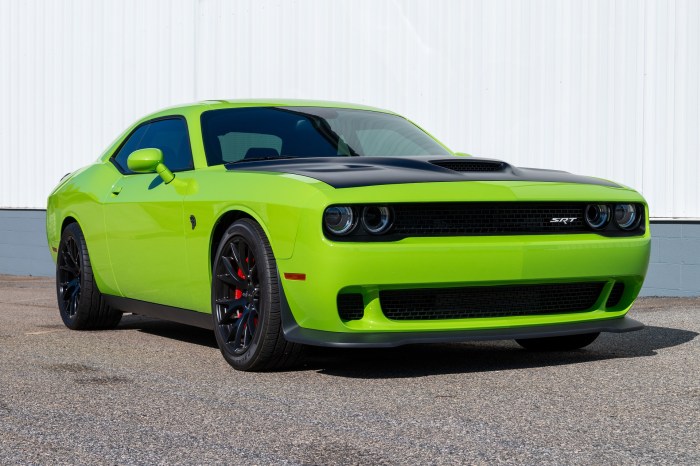In the exhilarating world of drag racing, where speed reigns supreme, the choice of car is paramount. Best Cars for Drag Racing delves into the intricate details of these exceptional machines, exploring the key factors that determine their blistering performance, aerodynamic prowess, and unwavering safety.
From the thunderous roar of powerful engines to the precision engineering of streamlined bodies, this comprehensive guide unveils the secrets behind the most formidable drag racing cars.
Vehicle Performance

Drag racing cars are designed for maximum acceleration and top speed. The key performance factors for these cars include:
- Horsepower: The amount of power produced by the engine, measured in horsepower (hp).
- Torque: The twisting force produced by the engine, measured in pound-feet (lb-ft).
- Acceleration: The rate at which the car accelerates from 0 to 60 mph, measured in seconds.
The following table compares the horsepower, torque, and acceleration of different drag racing cars:
| Car | Horsepower | Torque | Acceleration (0-60 mph) |
|---|---|---|---|
| Dodge Challenger SRT Demon | 840 hp | 770 lb-ft | 2.3 seconds |
| Chevrolet Camaro ZL1 1LE | 650 hp | 650 lb-ft | 3.5 seconds |
| Ford Mustang Shelby GT500 | 760 hp | 625 lb-ft | 3.3 seconds |
The engine size, drivetrain, and weight of a drag racing car also impact its performance. Larger engines typically produce more horsepower and torque, while lighter cars accelerate more quickly.
Aerodynamics and Design

Aerodynamics plays a crucial role in drag racing. Drag is the resistance encountered by a moving object, and it can significantly slow down a drag racing car.
Drag racing cars are designed with streamlined bodies, spoilers, and wings to reduce drag and enhance stability. Streamlined bodies minimize the amount of air resistance, while spoilers and wings create downforce, which helps keep the car planted on the track.
- Streamlined bodies:Drag racing cars have sleek, aerodynamic bodies that minimize air resistance.
- Spoilers:Spoilers are mounted on the rear of the car and help reduce drag by creating a low-pressure area behind the car.
- Wings:Wings are mounted on the rear of the car and help create downforce, which helps keep the car planted on the track.
Traction and Handling

Traction is essential for drag racing cars to accelerate quickly. Tires provide the necessary grip to transfer power from the engine to the ground.
Drag racing cars use a variety of different tires, including:
- Slicks:Slicks are tires with no tread, which provides maximum grip.
- Drag radials:Drag radials are tires with a tread pattern designed to provide good grip while still allowing the car to turn.
- Street tires:Street tires are tires that are designed for everyday use, but can also be used for drag racing.
Suspension systems are also important for drag racing cars. They help keep the tires planted on the ground and provide stability during acceleration.
Safety Features
Drag racing is a dangerous sport, and safety is paramount. Drag racing cars are required to meet a number of safety regulations, including:
- Roll cages:Roll cages protect the driver in the event of a crash.
- Fire suppression systems:Fire suppression systems help to extinguish fires in the event of an accident.
- Other safety equipment:Other safety equipment required for drag racing cars includes helmets, fire suits, and seat belts.
Driver training and certification are also important for ensuring safety during drag racing events.
User Queries: Best Cars For Drag Racing
What are the most important performance factors for drag racing cars?
Horsepower, torque, and acceleration are crucial factors that determine a drag racing car’s ability to launch off the line and reach blistering speeds.
How does aerodynamics play a role in drag racing?
Aerodynamic design is essential for reducing drag and enhancing stability, allowing drag racing cars to achieve higher speeds and maintain control during intense acceleration.
What safety features are required for drag racing cars?
Drag racing cars must adhere to strict safety regulations, including the use of roll cages, fire suppression systems, and driver safety gear, to ensure the well-being of drivers during high-speed events.
